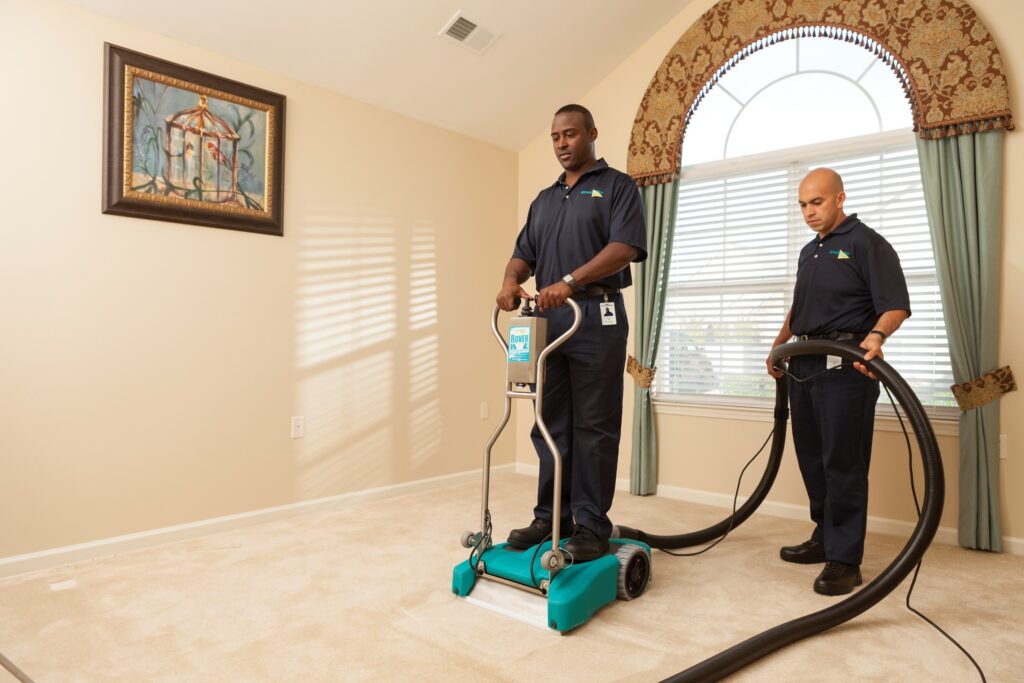The Science of Drying: Dehumidification in Water Damage Restoration The Architecture Designs

Dehumidification is a crucial process in water damage restoration, as it helps remove excess moisture from the affected environment. Understanding the science behind drying and dehumidification is essential for effective restoration efforts. For those seeking local water damage services, it is crucial to rely on experienced and knowledgeable professionals.
Here are the key concepts and principles involved in the science of drying and dehumidification in water damage restoration:
source: pinterest.com
Psychrometry: Psychrometry is the study of the physical and thermodynamic properties of air and water vapor mixtures. It plays a central role in understanding the science of drying. Psychrometric charts are often used to determine the relative humidity, temperature, and dew point of air.
Vapor Pressure: Vapor pressure is the pressure exerted by water vapor in the air. It is temperature-dependent, meaning that warmer air can hold more moisture than cooler air. When water damage occurs, the vapor pressure of the water in the affected area is higher than that of the surrounding air, leading to evaporation.
Evaporation: Evaporation is the process by which water changes from a liquid state to a vapor or gas state. During water damage restoration, the goal is to encourage evaporation to remove excess moisture from building materials and contents.
Relative Humidity (RH): Relative humidity is a measure of how saturated the air is with moisture compared to its maximum capacity at a given temperature. It is expressed as a percentage. Lowering the RH in the affected area is essential for efficient drying.
Dew Point: The dew point is the temperature at which air becomes saturated with moisture, leading to condensation or dew formation. It is a critical parameter to monitor to prevent secondary damage during the drying process.
Dehumidifiers: Dehumidifiers are mechanical devices used in water damage restoration to extract moisture from the air. There are two main types of dehumidifiers: refrigerant dehumidifiers and desiccant dehumidifiers. Refrigerant dehumidifiers use a cooling coil to condense moisture from the air, while desiccant dehumidifiers use a desiccant material to absorb moisture.
source: pinterest.com
Airflow: Proper airflow is essential for effective drying. Air movers or fans are used to circulate dry air across wet surfaces, promoting evaporation. This helps prevent mold growth and structural damage.
Moisture Measurement: Technicians use various moisture measurement tools, such as moisture meters and hygrometers, to monitor the moisture levels in building materials and the air. This information guides the drying process.
Psychrometric Process: The drying process involves manipulating the air’s temperature, relative humidity, and dew point to create conditions conducive to rapid moisture removal. This is often represented as a psychrometric process on a psychrometric chart.
Monitoring and Documentation: Water damage restoration professionals must continuously monitor the drying progress and document the changes in moisture levels and environmental conditions. This documentation is crucial for insurance claims and quality assurance.
Conclusion
source: pinterest.com
In conclusion, understanding the science of drying and dehumidification is paramount for the success of water damage restoration efforts. By employing the principles of psychrometry, monitoring moisture levels, and utilizing effective dehumidification equipment, water damage professionals can efficiently remove excess moisture from affected environments. This not only prevents further damage but also ensures a safe and healthy living or working space for occupants.
If you require water damage restoration services, you can find trusted contractors in your area by visiting water damage contractors. These experts are equipped with the expertise and tools needed to assess, mitigate, and restore properties affected by water damage. Don’t hesitate to reach out to them for prompt and reliable assistance in times of water-related emergencies.
The post The Science of Drying: Dehumidification in Water Damage Restoration appeared first on The Architecture Designs.





